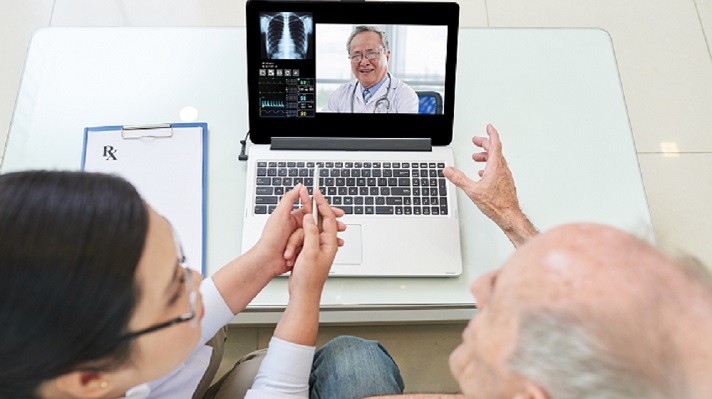Emergency Departments in hospitals are prone to overcrowding and long waiting hours. Many people with non-urgent complaints would also turn up at EDs in places where access to general practitioners is limited. This growing pressure can be relieved by adopting Remote Patient Monitoring for triage.
Remote triage can increase access to care, lower the burden of transportation for patients, and lead to overall cost savings. When successfully implemented, coordination between RPM and cloud-based at-home care can decrease hospital readmissions. Especially if people come in with low-risk problems like sprain, flu, ear infection, etc., they are bound to be moved down the priority list and patients with heart attacks, bleeding, and breathing problems take precedence. The long wait contributes to patient dissatisfaction. With Remote triage, care centers can screen the patients and treat the high-risk patients in person and low-risk patients at home. Patients can remotely describe their symptoms so that providers enter them into a remote diagnostic platform.

